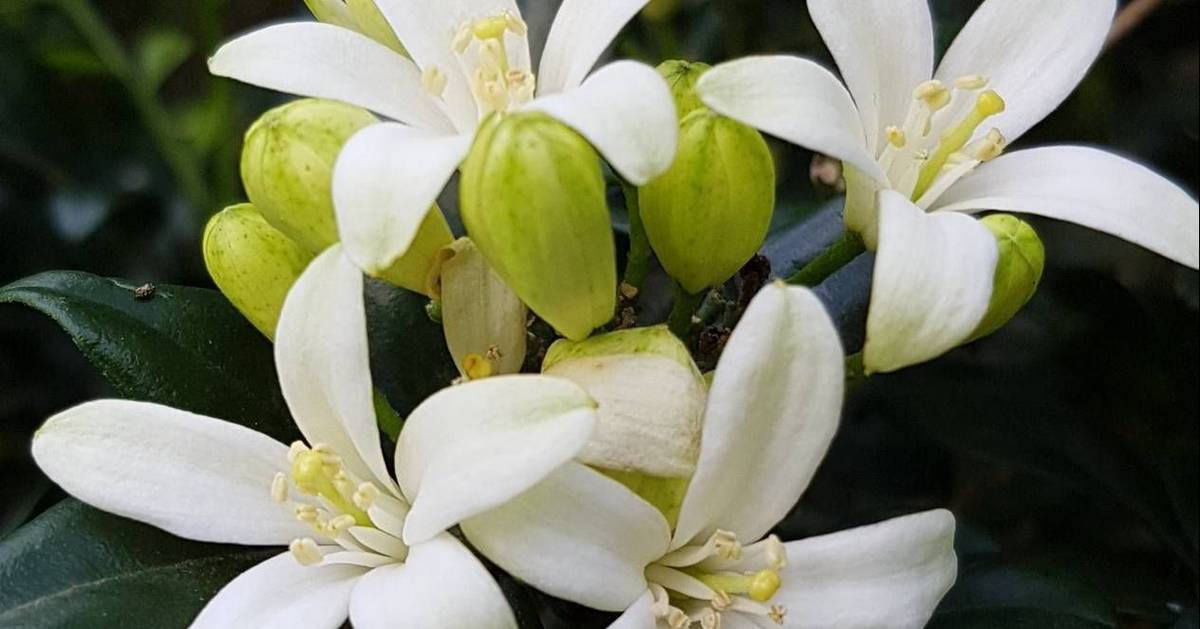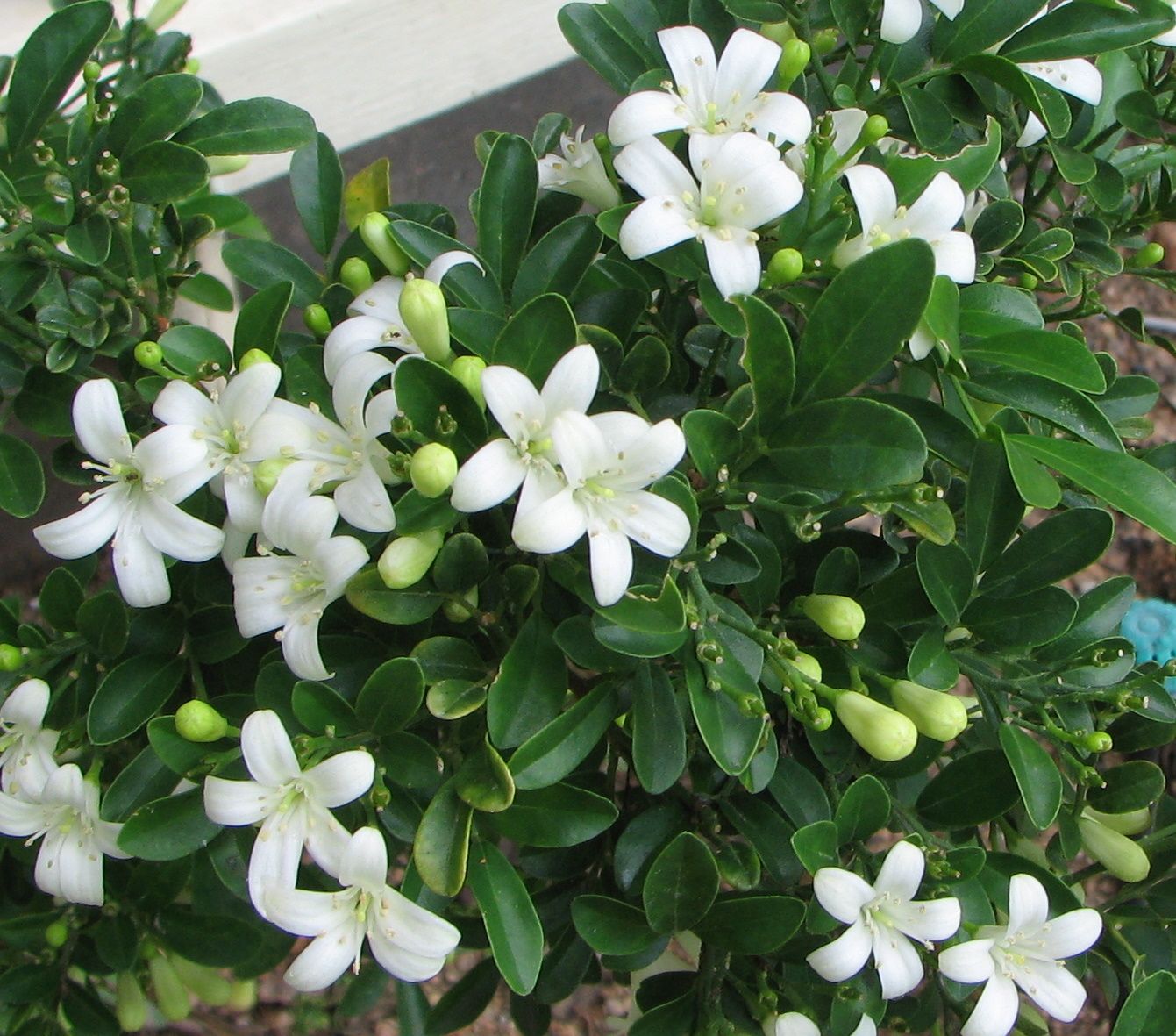


Bonsai Mini Murraya Bonsai Flowering dwarf madhukamini bonsai with pot
Rs. 1,499.00
Guaranteed Safe Checkout
Green Paradise Offers Mini Murrya
Bonsai
About Mini Murrya Bonsai
The Mini Murraya Bonsai Plant, also known as Murraya paniculata or Orange Jasmine, is a popular choice for bonsai enthusiasts. It is a small evergreen shrub native to Southeast Asia, including China, India, and Indonesia. The Mini Murraya Bonsai Plant is prized for its glossy green leaves, fragrant white flowers, and its ability to adapt well to the art of bonsai.
Here are some key characteristics and care tips for the Mini Murraya Bonsai Plant:
Size and Appearance:
-
The Mini Murraya Bonsai Plant typically grows up to 1 to 2 feet (30 to 60 cm) tall, making it a perfect choice for bonsai cultivation.
-
It has small, ovate, dark green leaves that are shiny and dense.
-
The plant produces clusters of small, fragrant white flowers, which eventually turn into small, orange-red berries.
Fragrance:
-
One of the notable features of the Mini Murraya Bonsai Plant is its delightful fragrance.
-
When in bloom, the flowers emit a sweet, citrusy scent that adds to its overall appeal.
Light Requirements:
-
This bonsai plant prefers bright, indirect sunlight.
-
It thrives in locations with partial shade or filtered sunlight. Direct exposure to intense sunlight for prolonged periods can cause leaf burn, so it's best to provide some shade during the hottest part of the day.
Temperature and Humidity:
-
The Mini Murraya Bonsai Plant enjoys a warm and humid environment.
-
It prefers temperatures between 65°F and 85°F (18°C to 29°C) and appreciates high humidity levels.
-
Mist the leaves regularly to maintain a humid environment, especially during dry periods.
Watering:
-
It's essential to keep the soil evenly moist but not waterlogged.
-
Water the plant thoroughly when the soil's top inch (2.5 cm) feels dry.
-
Avoid letting the soil completely dry out, as it can stress the plant and lead to leaf drop.
-
Use well-draining soil to prevent waterlogging.
Pruning and Training:
-
Regular pruning is necessary to maintain the Mini Murraya Bonsai Plant's shape and size.
-
Prune back new growth to maintain the desired form, and remove any dead, diseased, or crossing branches.
-
Wiring can be used to shape the branches during the growing season.
Fertilization:
-
During the growing season, from spring to early fall, feed the Mini Murraya Bonsai Plant with a balanced, slow-release fertilizer.
-
Follow the manufacturer's instructions for dosage and frequency.
-
Fertilizing should be avoided during the dormant winter months.
Repotting:
-
Report the Mini Murraya Bonsai Plant every two to three years, preferably in early spring before new growth emerges.
-
Use a well-draining bonsai soil mix, and prune the roots to encourage a compact root system.
Pests and Diseases:
-
Watch out for common bonsai pests such as aphids, mealybugs, and scale insects.
-
Treat infestations with insecticidal soap or horticultural oils.
-
The Mini Murraya Bonsai Plant is generally disease-resistant if provided with proper care.
By following these care guidelines, you can enjoy a healthy and beautiful Mini Murraya Bonsai Plant. Remember that bonsai cultivation requires patience and attention to detail, but the rewards of nurturing a miniature tree are genuinely fulfilling.
How To Grow Mini Murraya Plant
Growing a mini Murraya bonsai plant can be a rewarding and enjoyable experience. Then are some ways to help you get started
Plant selection:
-
Choose a young Murraya plant with small leaves and compact growth habits.
-
These are ideal for creating a mini bonsai.
Potting:
-
Select a bonsai pot that is appropriate for the size of your Murraya plant.
-
insure that the pot has drainage holes to help waterlogging.
-
Use well-draining bonsai soil or a mixture of regular potting soil, perlite, and sand.
Pruning and shaping:
-
Bonsai plants are pruned and shaped to maintain their miniature size and aesthetic appeal.
-
Start by trimming any long branches or foliage to create a balanced shape.
-
Use sharp bonsai shears or scissors to make clean cuts and avoid damaging the plant.
Wiring:
-
Wiring can be used to bend and shape the branches of your Murraya bonsai.
-
Wrap bonsai wire gently around the branches, being careful not to cause any injury.
-
Shape the branches by gently bending them in the asked direction.
-
Remember to periodically check the wires and remove them once the branches have set in place.
Watering:
-
Murraya plants prefer slightly moist soil. Water the bonsai when the top inch of soil feels dry.
-
Overwatering can cause root spoilage, so avoid it.
-
insure that the redundant water drains out of the pot to help waterlogging.
Fertilization:
-
Apply a balanced bonsai fertilizer during the growing season (spring to autumn) to provide essential nutrients.
-
Follow the manufacturer's instructions for dosage and frequency.
-
Fertilising should be avoided during downtime when the factory is idle.
Sunlight and temperature:
-
Murraya bonsai plants thrive in bright, indirect sunlight.
-
Place your bonsai in a location where it can receive at least 4-6 hours of sunlight per day.
-
Maintain a temperature range of 65-85°F (18-29°C) for optimal growth.
Repotting:
-
As your Murraya bonsai grows, it will need to be repotted every 2-3 years to provide fresh soil and promote healthy root growth.
-
Repotting is typically done in early spring before the growing season begins.
-
Trim the roots slightly and prune any excessively long or tangled ones.
Pest and disease control:
-
Monitor your bonsai regularly for pests such as aphids, scales, or spider mites.
-
If you notice any infestations, treat them promptly using appropriate insecticides or natural remedies.
-
Avoid overwatering to prevent fungal diseases.
Patience and care:
-
Growing a bonsai requires patience and regular care.
-
Observe your Murraya bonsai regularly, make adjustments as needed, and enjoy the process of shaping and nurturing your miniature tree.
Remember that bonsai cultivation is a continuous learning process. Be prepared to experiment, make mistakes, and adapt your techniques based on the specific needs of your Murraya bonsai. Enjoy the journey and the beauty of your mini bonsai tree!


